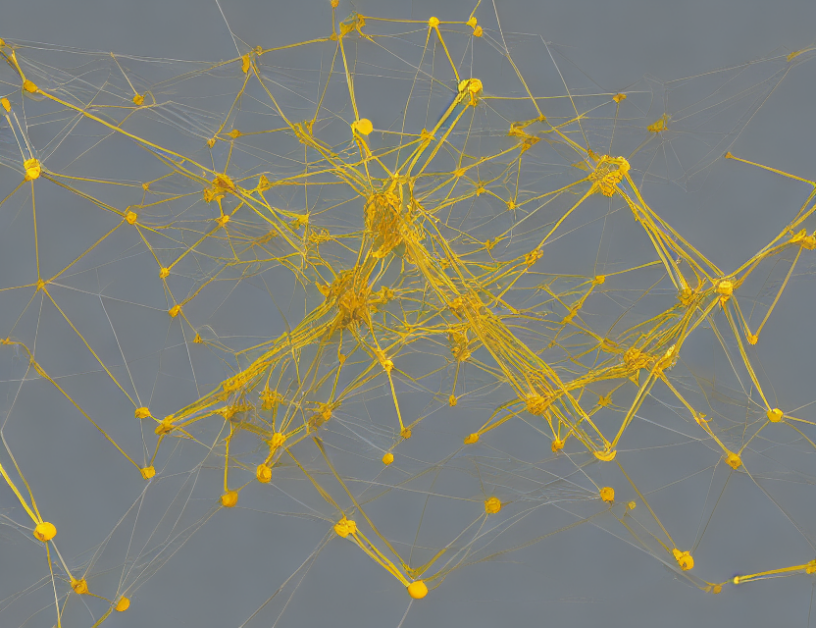Cellular systems are complex networks of cells that work together to perform various functions. In this article, we delve into the concept of collective states in cellular systems, which refer to the different configurations or modes of operation that these cells can adopt. These collective states are not unique and can be described by a discrete set of parameters, each corresponding to a specific average connectivity and activity frequency.
Imagine a group of people dancing together in a circle. Each person represents a cell in the system, and the way they move and interact with each other represents the collective state of the cells. Just as the dancers can adopt different dance moves and positions, cells can switch between different collective states, such as increasing or decreasing their connectivity, or changing their activity levels.
The article presents a formalism for describing these collective states, which involves writing down the characteristics of each state in a set of mathematical equations. These equations take into account the interactions between cells and the mechanisms that drive transitions between collective states. The author also discusses how composed collective states can be formed by combining different types of cell fields.
In summary, this article provides a framework for understanding how cells in complex systems can adopt different configurations or modes of operation, which are referred to as collective states. By using mathematical equations to describe these collective states and their transitions, the author sheds light on the mechanisms that govern cellular behavior and how they contribute to the functioning of complex biological systems.
Neural Networks in Interactions with Other Structures



